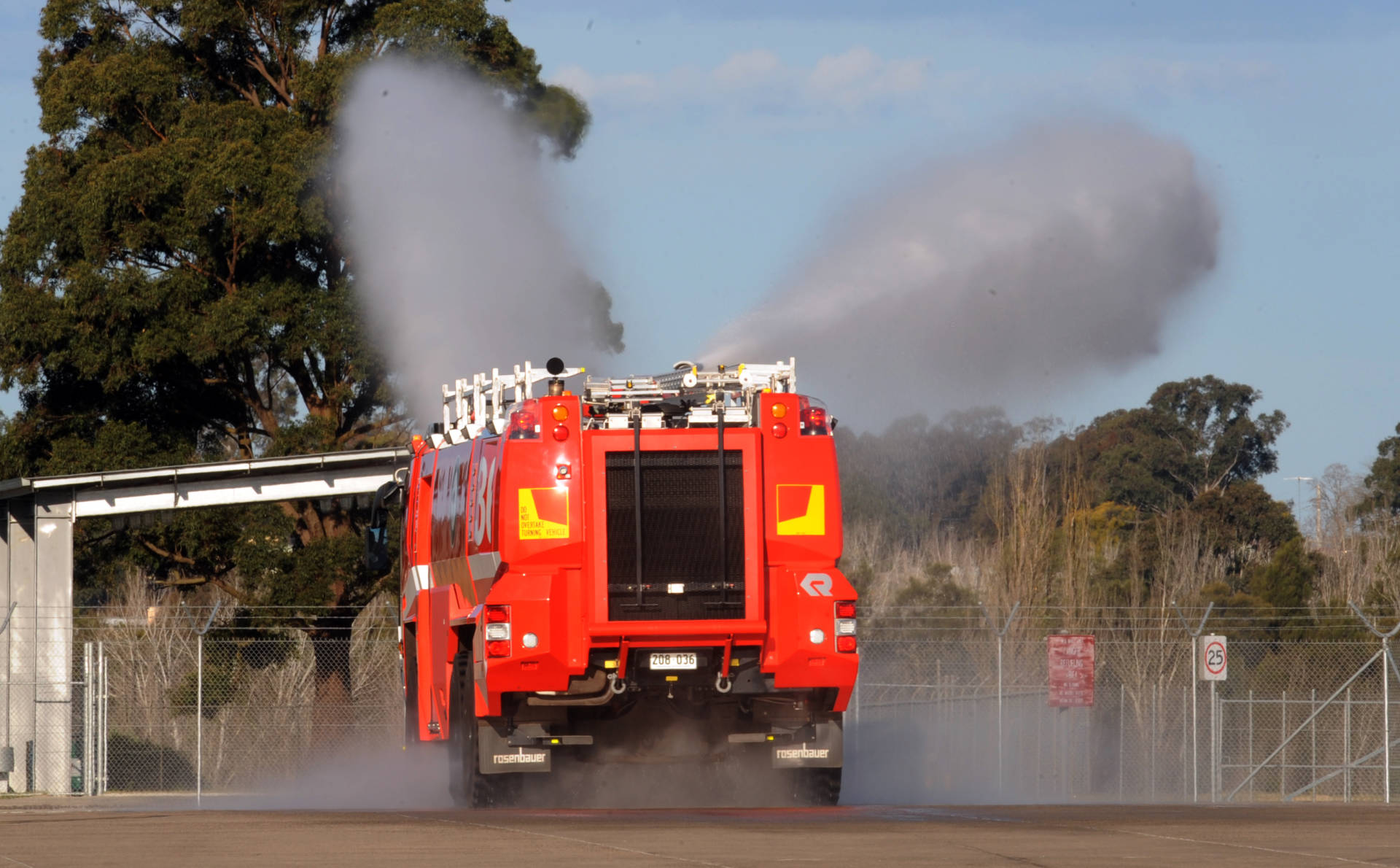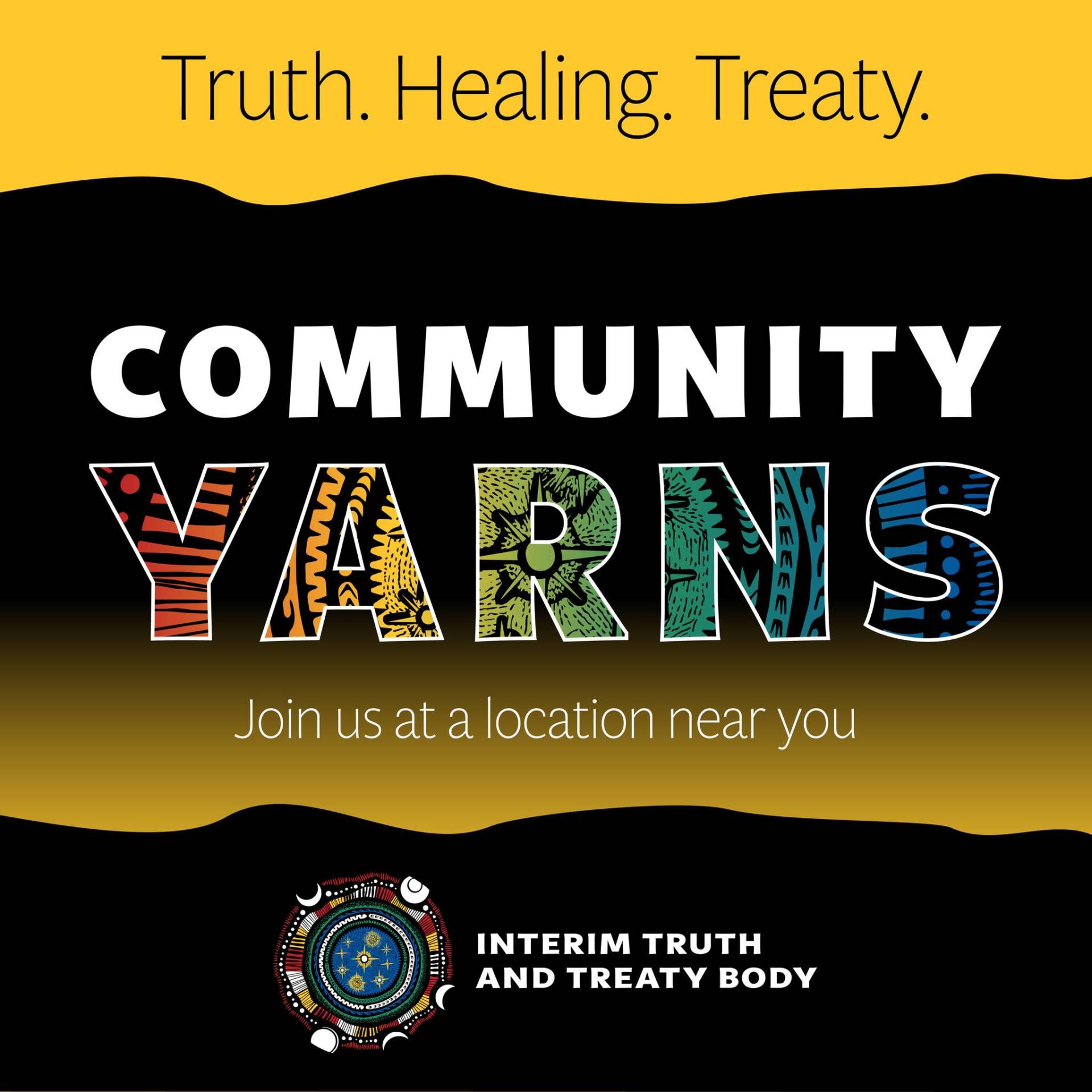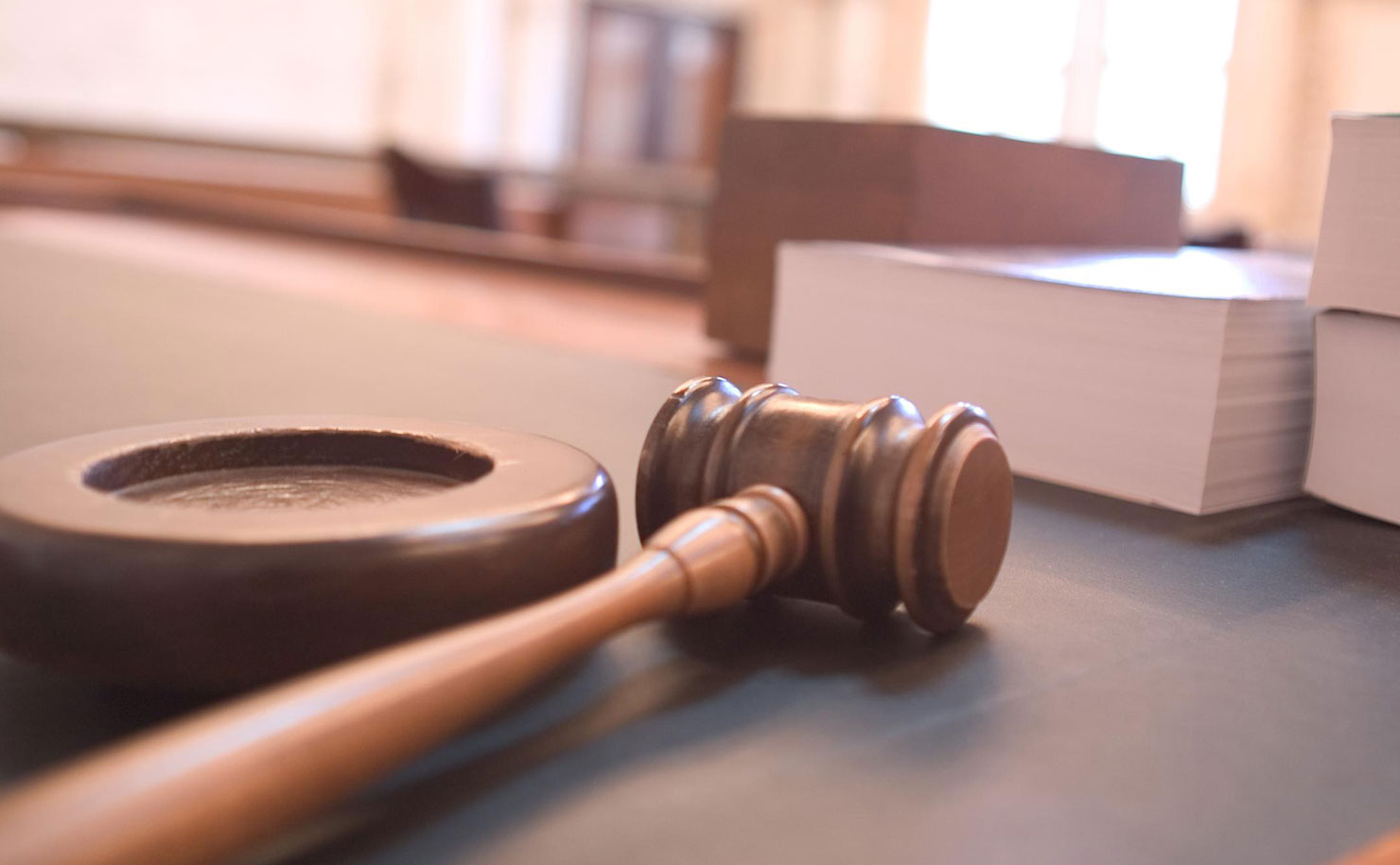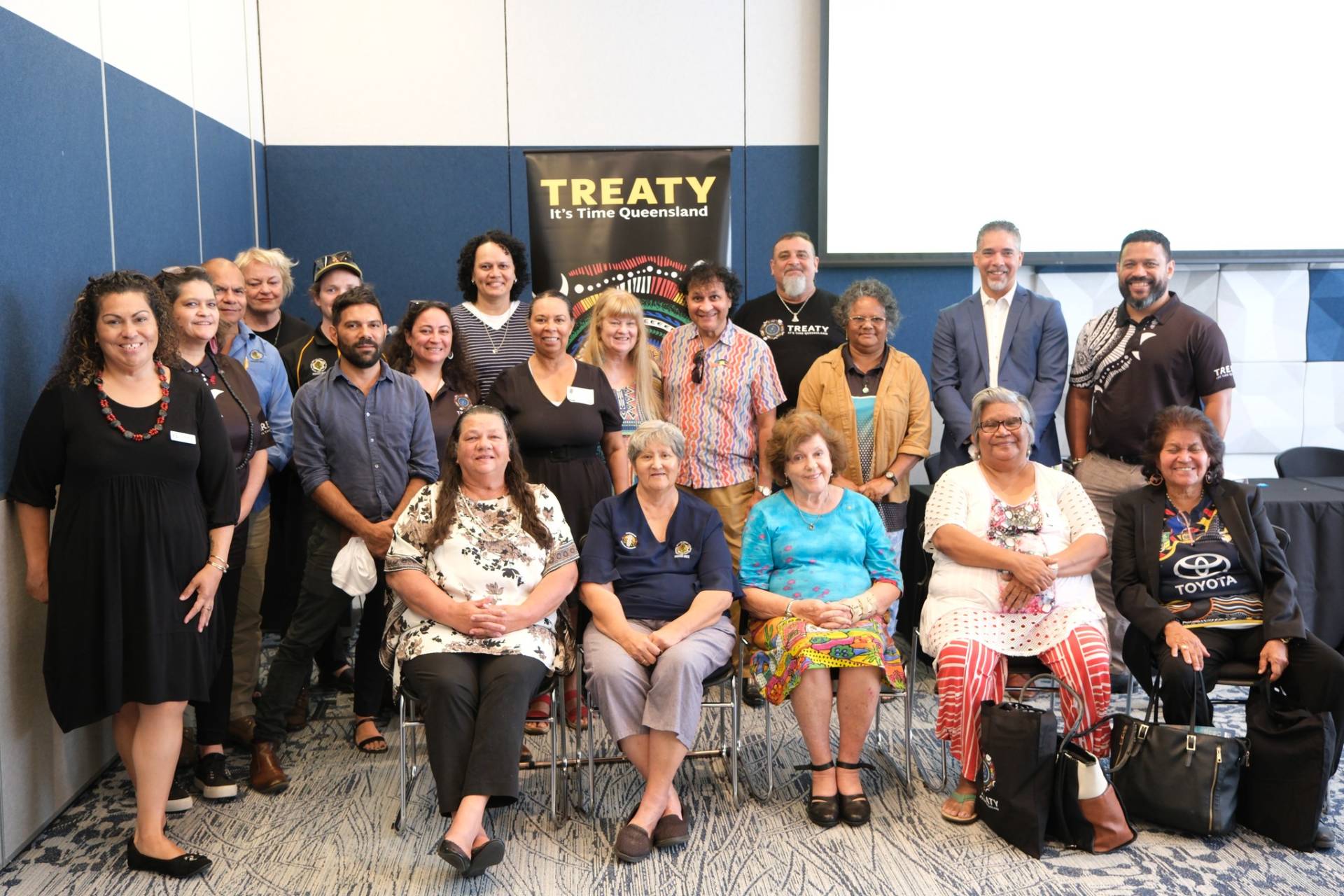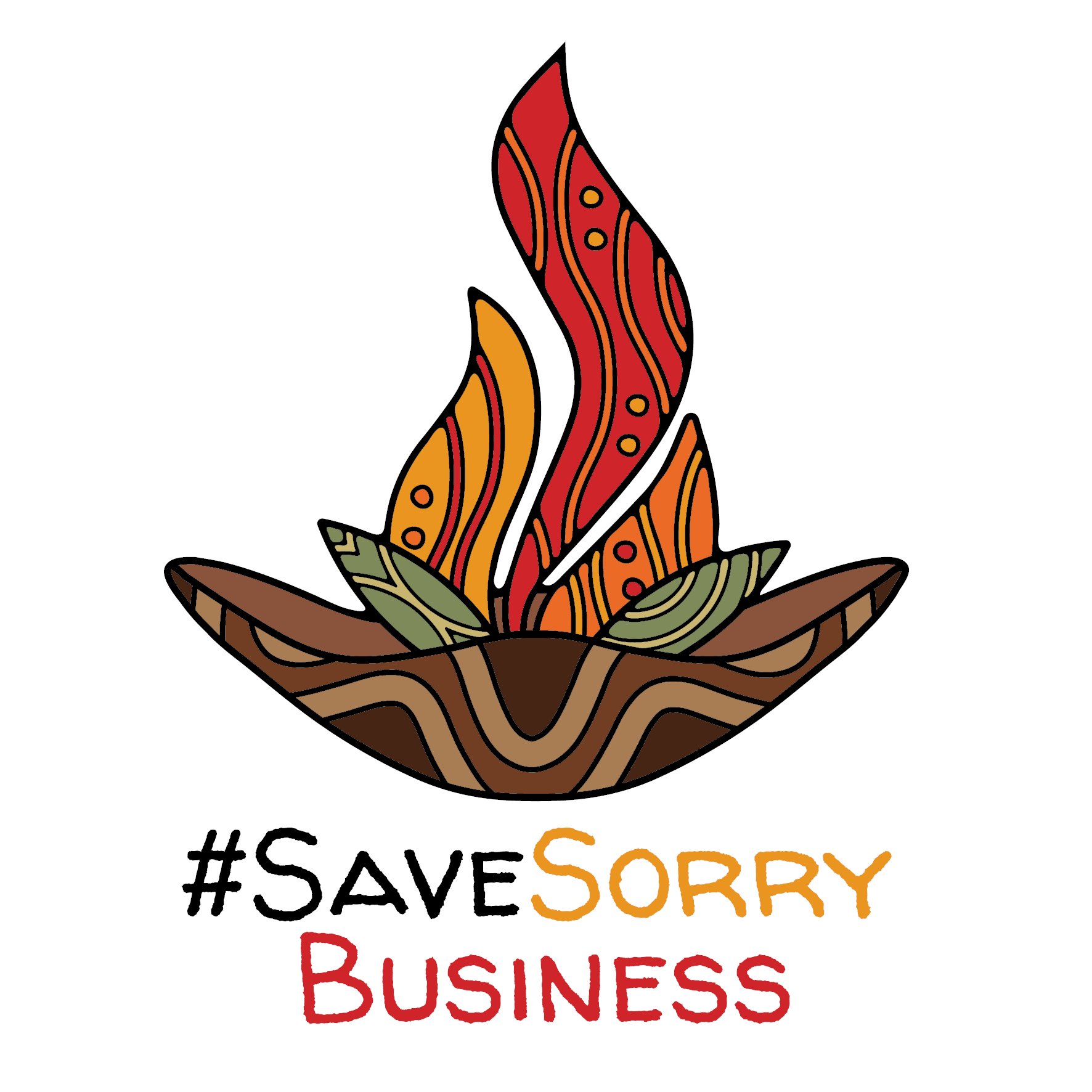Landowners with properties contaminated by RAAF firefighting foam have secured a settlement. (Dean Lewins/AAP PHOTOS)
Thousands of landowners whose properties were contaminated by firefighting foam used on air force bases are set to secure a multi-million-dollar payout.
Parties reached an in-principle, binding agreement at the weekend for a sum of $132.7 million, covering about 30,000 landowners near seven sites around Australia claiming to be affected by toxic PFAS chemicals in the foam.
The settlement announced in the Federal Court on Monday still requires final approval from a judge and has prompted a mixed response.
Prime Minister Anthony Albanese on Monday welcomed the settlement, saying many people from a range of communities had suffered from the use of the toxic foam.
“We have to get occupational health and safety right … in the first place – that would avoid these sort of actions,” he told reporters in Adelaide.
“The biggest concern that I have with PFAS isn’t, of course, a financial one – it is the health outcomes of people who are affected by it.”
The suit alleged the Commonwealth did not adequately prevent toxic chemicals in the foam from escaping and contaminating soil and groundwater.
The government has not admitted liability in the terms of the settlement.
The so-called “forever chemicals”, which accumulate in the body and do not naturally degrade, are linked to cancers, birth defects and diseases.
The agreement covers sites near Royal Australian Air Force bases at Richmond and Wagga Wagga in NSW, Bullsbrook in Western Australia, Darwin in the Northern Territory, Edinburgh in South Australia, Townsville in Queensland, and Wodonga in Victoria.
The Department of Defence previously agreed to pay landholders in Katherine (NT), Oakey (Queensland) and Williamtown (NSW) in a 2020 settlement worth $212.5 million.
Shine Lawyers joint head of class actions Craig Allsopp hailed the agreement as “a good outcome for all members”, saying it would avoid the cost of a risky trial.
“It means they will get money to compensate them for the loss,” he told reporters.
He acknowledged many were still stuck on contaminated land and said the amount each victim received would depend on the circumstances of each site.
When asked if there was enough to compensate everyone he replied in the affirmative.
“We’re of the view that it will be but … the most important protection for group members is this has to go before the court.”
The payout agreement has been met with a mixed reaction from people involved in the class action.
Richmond resident Joanna Pickford told ABC Radio she was pleased the government had acknowledged the harm done but said the amount, on average $4400, seemed low.
Ms Pickford said nothing would grow in certain parts of her garden, where she encouraged her children to play as a digging patch.
“And they used to dig in the dirt. And I felt so guilty when I first heard about the contamination, because I encouraged them to play,” she said.
“It’s a very small victory, it’s a pittance.”
Ms Pickford said she has spent $17,000 on landscaping to reduce exposure to the soil.
The Bullsbrook Residents and Ratepayers Association wrote on Facebook that the settlement was good news after a “very long road for those affected”, adding that the fight took “far too long”.
Justice Michael Lee will review the settlement to ensure it is fair and reasonable for all group members.
The settlement did not contain an admission of liability, but he said that was typical of a class action.
Another case involving Wreck Bay Aboriginal Community Council has been adjourned for further mediation.
Justice Lee said the parties have had plenty of time to settle it and a trial will begin on May 29 if they cannot.
AAP

